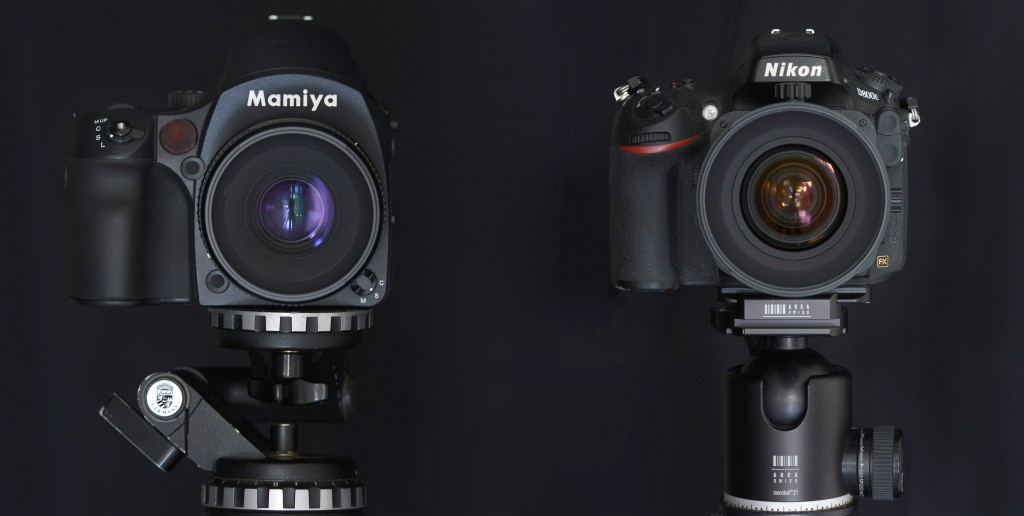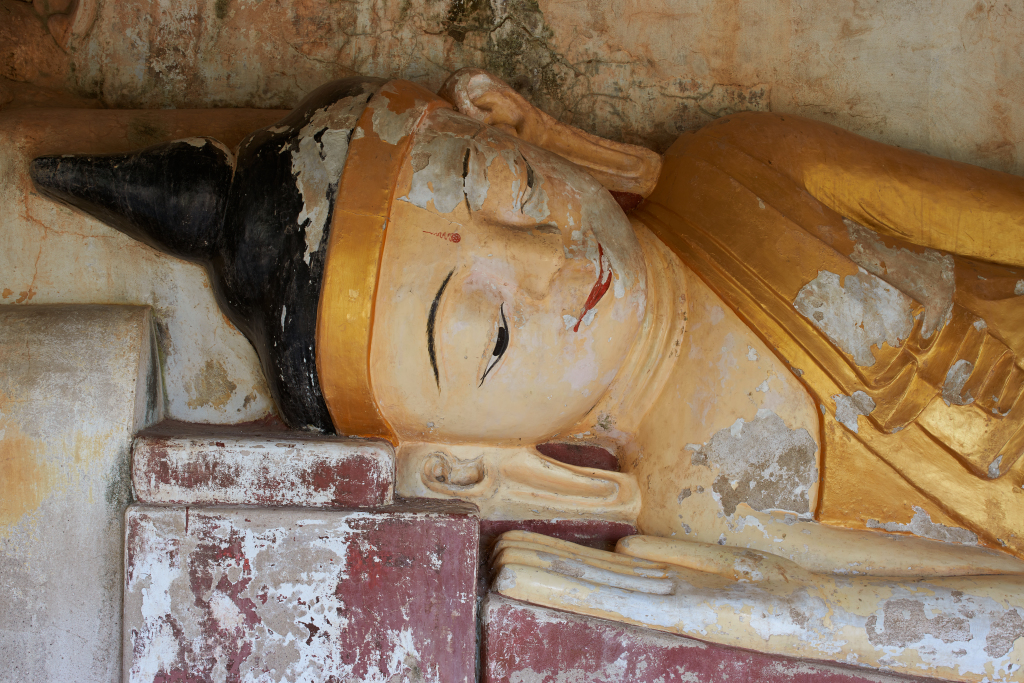
My Christmas gift: A 16 MP, 17 MB image from the Hpo Win Daung Caves in Monywa, Myanmar. For ultimate viewing experience on the iMac 5K Retina. Click to enlarge, then zoom to full size.
Buying christmas gifts for photographers can be a tricky business, in particular, if you are not technically inclined and discard kitschy nonsense like lens-shaped coffee mugs. So here are some proposals for equipment that will not end up on the bottom of the gear closet.
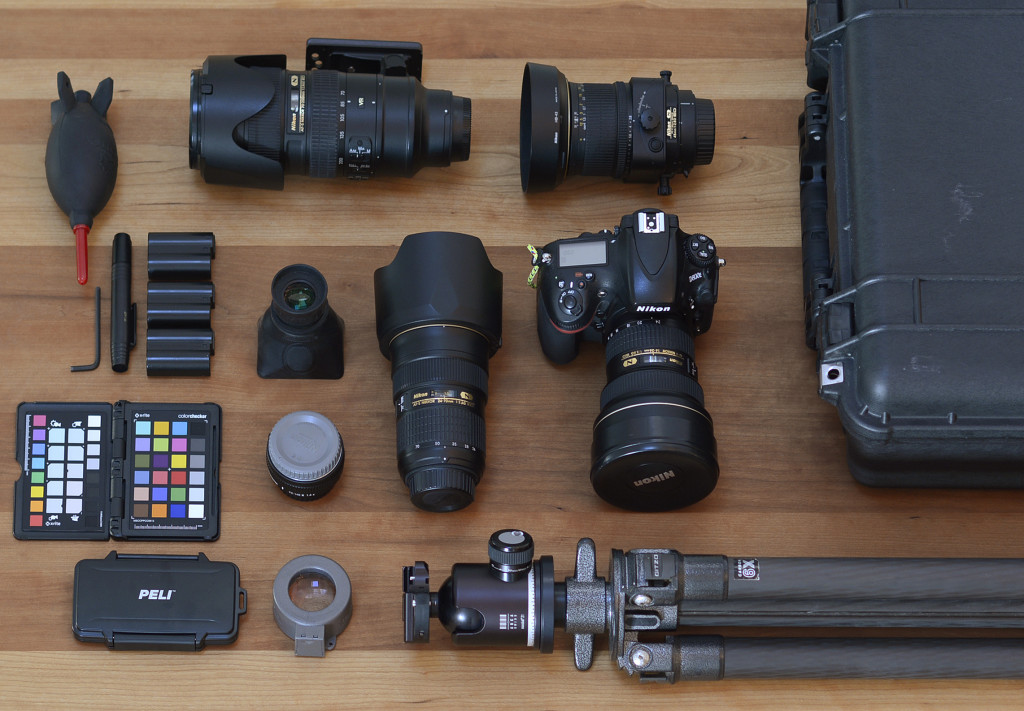
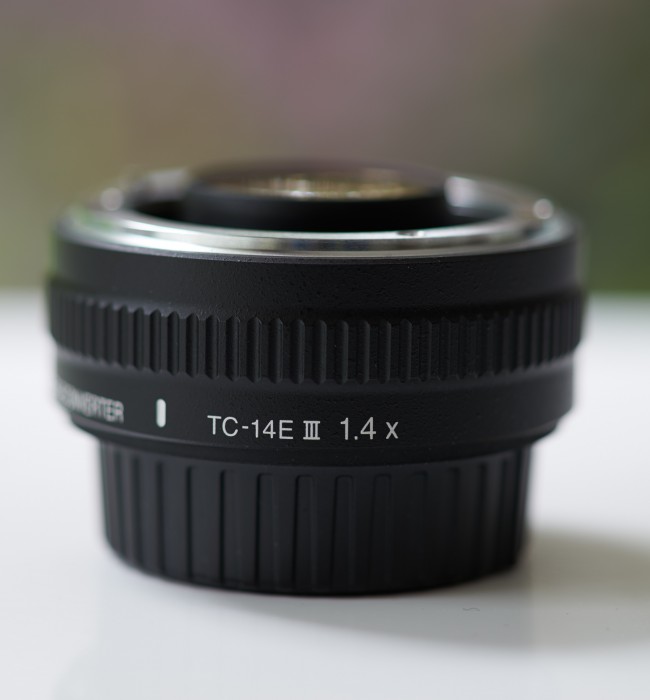

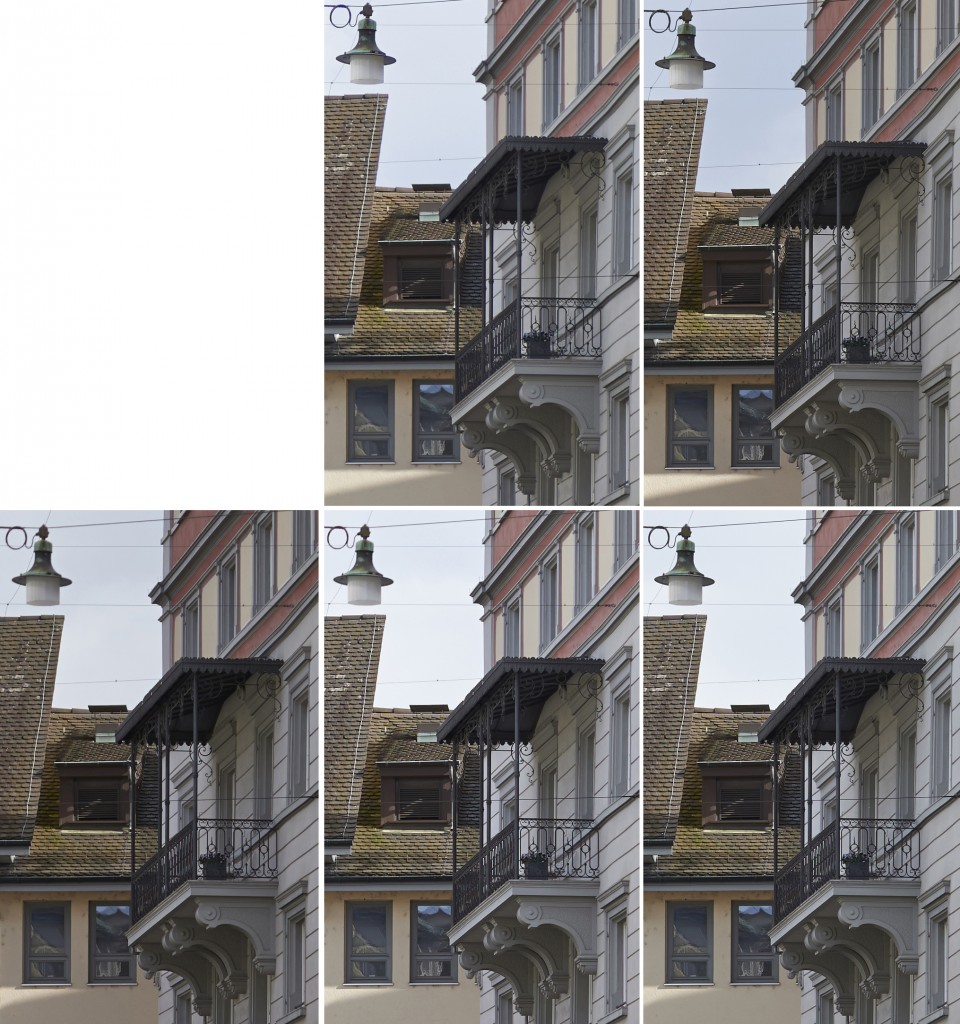
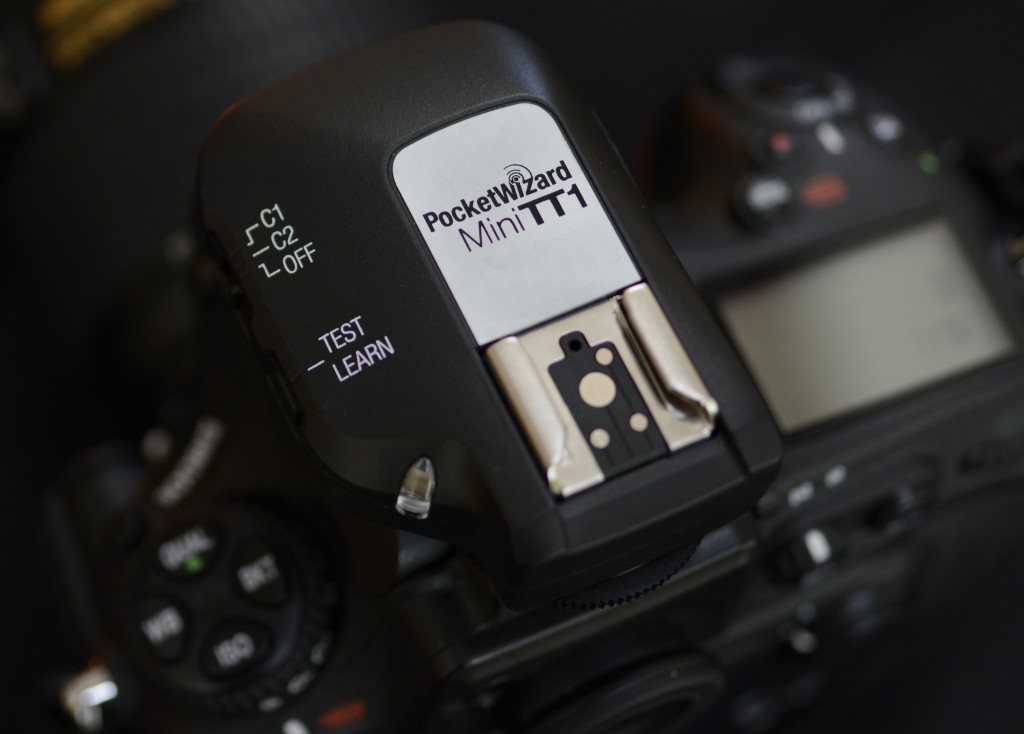 I still remember flashbulbs, flashcubes, and the early, all manual electronic flashes. Using these often resulted in the photographer’s question: did it trigger? And even if, the flashlight often made us look like white ghosts or dark shadows against the wall. At a given film speed and flash guide number (the maximum amount of light that the flash is able to burst off) the estimated flash-to-subject distance and the aperture were the only means of regulating the flash exposure.
I still remember flashbulbs, flashcubes, and the early, all manual electronic flashes. Using these often resulted in the photographer’s question: did it trigger? And even if, the flashlight often made us look like white ghosts or dark shadows against the wall. At a given film speed and flash guide number (the maximum amount of light that the flash is able to burst off) the estimated flash-to-subject distance and the aperture were the only means of regulating the flash exposure.